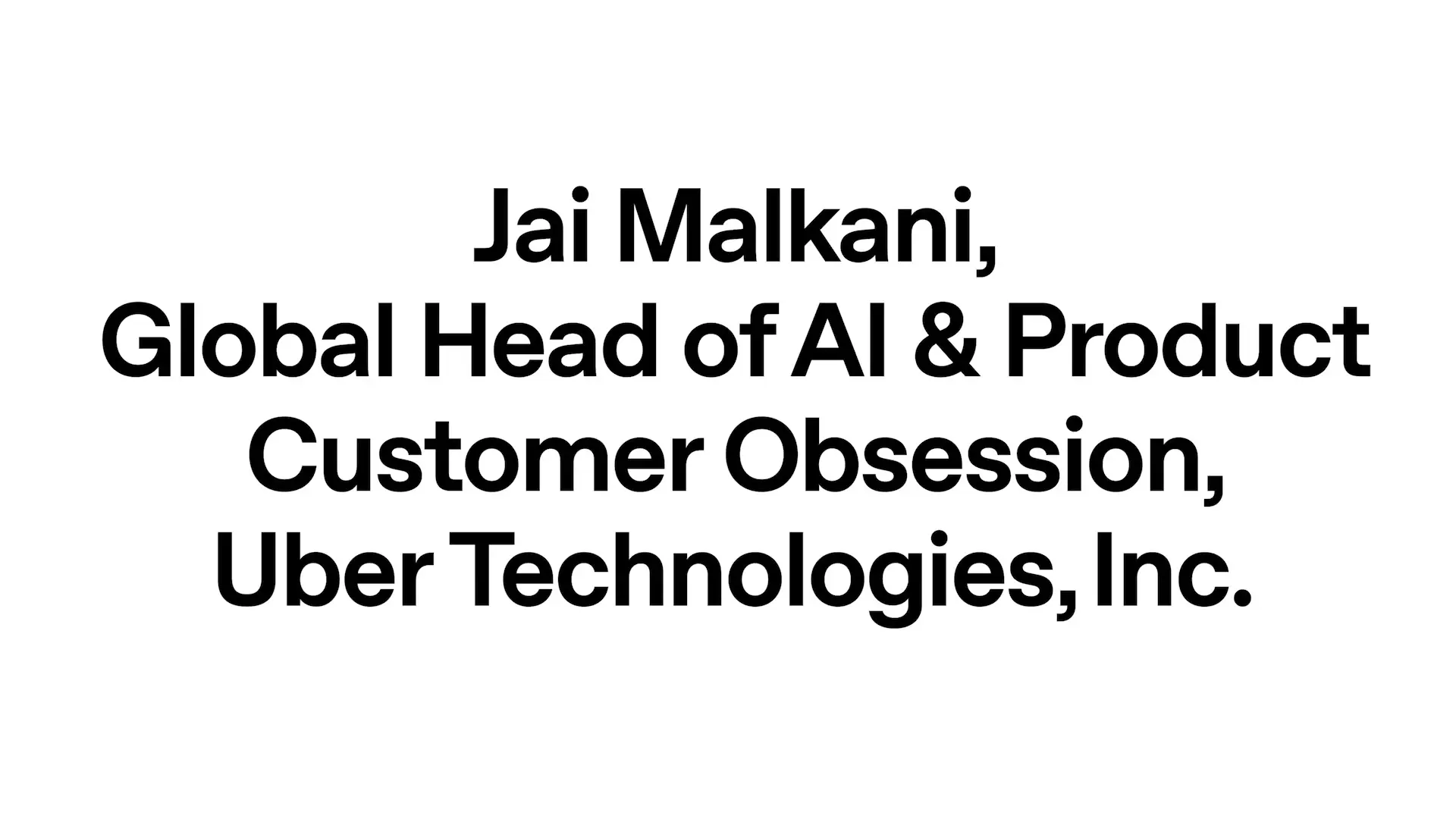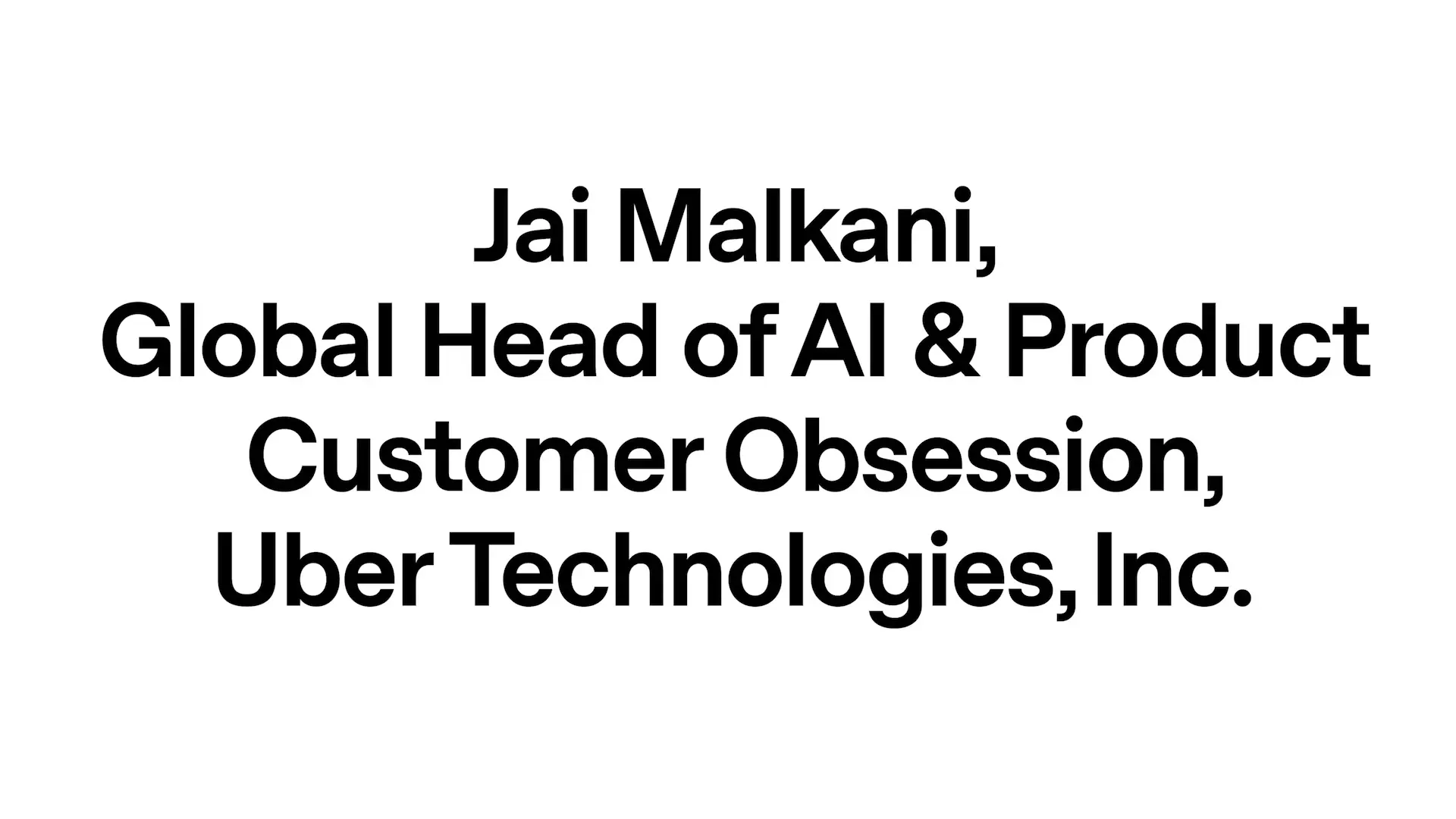
In the competitive landscape of ride-sharing and delivery services, Uber has distinguished itself not just through its expansive network but also through its innovative approach to customer interactions. At the heart of Uber's customer service evolution is a sophisticated GPT implementation that's transforming how the company communicates with its vast user base.

The Scale Challenge: Serving Hundreds of Millions
Uber operates at a massive scale that few companies can match. With hundreds of millions of riders, driver partners, delivery personnel, and merchants on its platform, the company faces unique challenges in maintaining quality communication. This scale demands innovative solutions beyond traditional customer service approaches, making GPT implementation an ideal fit for their needs.
The sheer volume of interactions happening simultaneously across Uber's global platform requires a solution that can scale efficiently while maintaining a personal touch. This is where GPT using strategies have proven invaluable, enabling the company to handle countless conversations without sacrificing quality or personalization.
GPT Implementation: Creating More Human Conversations
Uber's approach to GPT implementation focuses on delivering thorough and structured responses that feel genuinely human. Unlike basic chatbots that follow rigid scripts, Uber's AI-powered communication system provides nuanced interactions that adapt to the specific needs of each user, whether they're a rider requesting assistance or a driver seeking clarification on a policy.

What sets Uber's approach apart is the consistency in their AI's ability to separate realistic expectations from unrealistic ones. This critical discernment helps manage user expectations while providing practical solutions, much like a well-trained human agent would do.
Key Auto GPT Use Cases at Uber
- Real-time customer support across multiple languages and regions
- Driver assistance for common questions and troubleshooting
- Merchant onboarding and support for Uber Eats platform
- Automated handling of routine inquiries to free up human agents for complex issues
- Personalized communication that adapts to user history and preferences
These auto GPT use cases demonstrate how Uber has moved beyond simple automation to create a sophisticated communication ecosystem that scales with their business while maintaining quality interactions.
The Technical Architecture Behind Uber's GPT Implementation
Behind Uber's conversational AI is a robust technical architecture that combines several advanced components. While specific implementation details aren't fully disclosed, we can infer that their system likely incorporates elements similar to other enterprise-grade GPT implementations:
- Custom-trained language models optimized for transportation and delivery contexts
- Integration with Uber's vast customer data platform for personalized responses
- Multi-modal capabilities to handle text, voice, and potentially image inputs
- Sophisticated prompt engineering to generate appropriate responses
- Continuous learning mechanisms that improve performance over time
Benefits of GPT Using Strategies in Enterprise Applications
Uber's implementation highlights several key benefits that other enterprises can learn from when considering GPT using strategies for their own customer interactions:
- Scalability: Handling millions of simultaneous conversations without quality degradation
- Consistency: Delivering uniform quality across all interactions regardless of volume
- Personalization: Creating conversations that feel tailored to individual users
- Cost-efficiency: Reducing the need for massive human support teams while improving service
- Adaptability: Quickly adjusting to new services, policies, or market conditions

How Other Businesses Can Implement Similar GPT Solutions
While few companies operate at Uber's scale, businesses of all sizes can benefit from similar GPT implementation strategies. Here's how organizations can approach their own AI-powered communication systems:
- Start with high-volume, routine interactions that follow predictable patterns
- Invest in quality training data specific to your industry and customer base
- Build feedback loops to continuously improve model performance
- Create seamless handoffs between AI and human agents for complex issues
- Regularly audit AI responses to ensure they remain aligned with brand voice and values
For businesses looking to explore how to integrate GPT-3 with Siri or other voice assistants, Uber's approach offers valuable insights into maintaining conversational quality at scale.
Beyond Basic Chatbots: The Future of GPT 3 Use Cases
Uber's implementation represents just one of many emerging GPT 3 use cases that go beyond simple chatbots. As language models continue to evolve, we can expect to see more sophisticated applications across industries:
- Hyper-personalized customer journeys that adapt in real-time
- Proactive support that anticipates user needs before they're expressed
- Multilingual, multicultural communication that respects regional nuances
- Integration with IoT devices for contextually aware conversations
- Advanced problem-solving capabilities that can handle increasingly complex inquiries
Conclusion: Lessons from Uber's GPT Implementation
Uber's success with GPT implementation offers valuable lessons for any organization looking to scale customer interactions while maintaining quality. By focusing on consistency, realistic expectations, and human-like conversations, they've created a communication system that supports their massive global operation while still feeling personal to each user.
As GPT technologies continue to advance, the gap between AI and human communication will narrow further, opening new possibilities for businesses to connect with customers at unprecedented scale and depth. Uber's current implementation offers a glimpse into this future—one where technology enables more human connections rather than replacing them.
Let's Watch!
How Uber Scales Customer Interactions Using GPT Implementation
Ready to enhance your neural network?
Access our quantum knowledge cores and upgrade your programming abilities.
Initialize Training Sequence